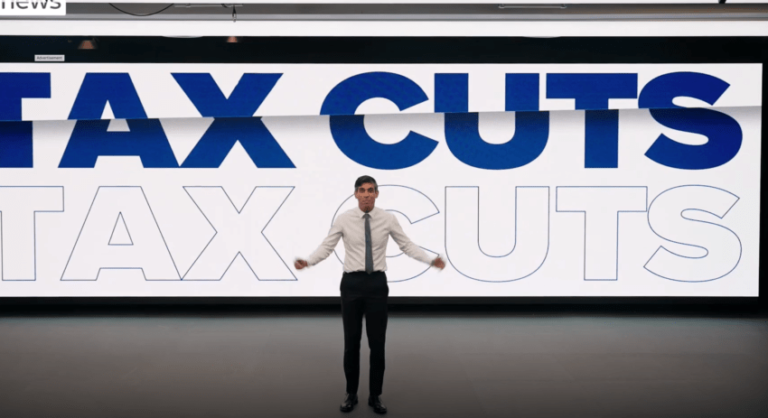[ad_1]
As the political landscape gears up for the next election cycle, a significant surge in advertising spending on Facebook and Instagram by the two major political parties has been highlighted by Sky News.
The exponential increase, which surpasses tenfold compared to the same period in 2023, underscores the escalating importance of digital platforms in political campaigning.
The ramp-up in spending is attributed to changes in spending limits and data regulations, favoring the Labour and Conservative parties, enabling them to more effectively target individuals with tailored political advertisements. With maximum spending limits set to rise by 80% and forthcoming data rule changes facilitating enhanced targeting capabilities, both parties are poised to intensify their efforts to reach voters through social media channels.
Labour and the Conservatives are primed for a battle on mobile devices, intending to inundate voters with targeted advertisements in the lead-up to polling day. This strategic shift reflects a recognition of the pivotal role that digital platforms play in shaping public opinion and mobilizing support.
Smaller parties have raised concerns over the perceived tilt in electoral rules, with the Liberal Democrats alleging favoritism toward the Conservatives due to their financial advantage. Despite these grievances, Labour has demonstrated comparable spending levels, indicating a competitive digital advertising landscape dominated by the two major parties.
The data, compiled by the Who Targets Me website, reveals a stark increase in spending, with Labour and Tories collectively investing over £724,000 in the first five weeks of this year, compared to just over £67,000 during the same period in 2023. Such substantial investments mirror the levels of expenditure witnessed in the month preceding the previous general election.
Facebook and Instagram’s personalized, targeted advertising capabilities have emerged as potent campaign tools, enabling parties to tailor messages to specific demographics. For instance, users over 50 are likely to encounter Conservative adverts focusing on the economy, while under 40s may receive Labour messages addressing issues such as tax avoidance and crime.
The dominance of the two main parties in Facebook and Instagram spending is evident, with 52% allocated to Conservative advertising and 45% to Labour, leaving only marginal shares for smaller parties such as the Liberal Democrats, Greens, and Reform.
Analysis of Conservative spending patterns indicates a strategic approach, with investments spread across constituencies, including those traditionally considered safe Tory seats. This suggests a concerted effort to fortify support in key battlegrounds and defend against potential challenges.
Sam Jeffers, founder of Who Targets Me, anticipates a proliferation of voter engagement efforts driven by increased funding and access to data. With the impending changes in data regulations expected to facilitate easier voter contact, political parties are poised to engage with voters more extensively across various platforms.
As the electoral landscape undergoes transformation, voters can anticipate a deluge of information and campaign messaging across digital platforms, reflecting the heightened stakes and intensified competition in the upcoming election cycle.
[ad_2]
Source link






















0 Comments